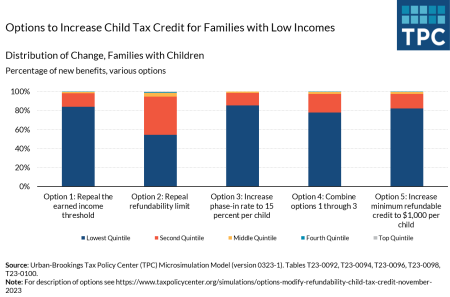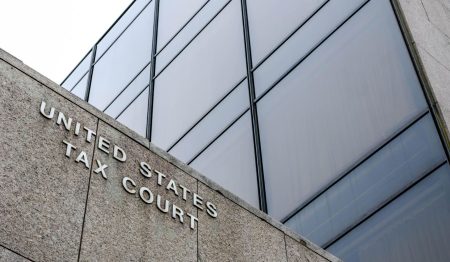The IRS is again pushing off a start date for new legislation by introducing a transition period. Earlier, the IRS declared a one-year delay in the new reporting requirement for Forms 1099-K. The IRS has now announced an administrative transition period for the new catch-up contribution requirements under the SECURE 2.0 Act.
Background
SECURE 2.0 Act—which, as I’ve noted before, sounds like a sequel to an action movie—is a follow-up to 2019’s retirement-heavy legislation. President Biden signed it into law on Dec. 29, 2022, as part of the Consolidated Appropriations Act of 2023. SECURE 2.0 Act made several changes to existing law, including:
- Automatic Enrollment. Beginning in 2025, employers who start new retirement plans after Dec. 29, 2022, will be required to automatically enroll eligible employees in their retirement plan—exceptions exist for small companies with ten or fewer employees, new companies, or church and government agencies. However, employees don’t have to participate and may opt out.
- Roth Account Matches. Employers can amend their existing plans to allow employees the option of receiving vested matching contributions to Roth accounts—this is a change from when matching was only on a pre-tax basis.
- RMDs. SECURE 2.0 made several changes to RMDs (required minimum distributions). Some of the changes were confusing—and the IRS has been rolling out guidance. Last year, Notice 2022-53 noted that final RMD regulations will apply no earlier than the 2023 distribution calendar year. Notice 2023-54 added another year of relief by excusing 2023 missed RMDs for non-eligible designated beneficiaries of IRA owners who died in 2020 or 2021 after the required beginning date.
- Qualified Charitable Distributions. Currently, individuals aged 70½ or older can donate $100,000 annually to qualifying charities from their IRA—the contribution can count towards the taxpayer’s required RMD. Beginning in 2023, that amount is indexed for inflation. Additionally, taxpayers who are 70½ or older can now make a one time election of up to $50,000—indexed for inflation—from their IRA to a split-interest entity like a charitable remainder unitrust.
- Student Loans. Debt or retirement? It’s a complicated question, and employees who are paying back student loans may not feel financially comfortable enough to sock money away for retirement. Starting next year, SECURE 2.0 makes that easier—employers can make matching contributions to retirement plans based on employees’ student loan payments. The match amount is calculated as if the employee had contributed their loan amount to the plan even if they do not make any elective contributions.
- 529 Plans. Beginning next year, you can roll any unused 529 plan funds into a Roth IRA without incurring a penalty. You can read more about that here.
Catch-Up Contributions
Also in SECURE 2.0? Provisions governing catch-up contributions. Catch-up contributions are amounts over the normal cap that employees can stash away for retirement—they’re generally reserved for older employees. Beginning in 2023, individuals aged 50 and older can now contribute an extra $7,500 annually into their 401(k) accounts. This amount will increase for individuals ages 60 through 63 years old to $10,000 per year—indexed for inflation.
The law also created a rule that higher-income participants (those with wages from the employer exceeding $145,000 in the prior year) must direct any catch-up contributions to a Roth account using after-tax dollars—that means that they would no longer be able to make pre-tax catch-up contributions. That last bit is what IRS addressed in its latest notice.
What’s New (Now)
Notice 2023-62 explains that until 2026, catch-up contributions will be treated as satisfying the requirements of section 414(v)(7)(A), even if the contributions are not designated as Roth contributions. A plan that does not provide for designated Roth contributions will be treated as satisfying the requirements of section 414(v)(7)(B).
The IRS has also provided a two-year administrative transition period to effectuate these changes. According to the IRS, the extra time “is designed to facilitate an orderly transition for compliance with that requirement.”
In simple terms, the guidance and the transition period mean that plans can continue to allow pre-tax catch-up contributions by highly paid participants, and plans that do not have a Roth option can continue to allow catch-up contributions through December 31, 2025.
Oops
The guidance also corrects a mistake in the law. When writing the new law, Congress deleted a part of the tax code (section 402(g)(1)(C)) so that a literal read meant that no employees would be able to make catch-up contributions beginning in 2024. Congress hasn’t fixed it yet, but the IRS made clear that consider it as a mistake, writing, “The elimination of section 402(g)(1)(C) of the Code under section 603(b)(1) of the SECURE 2.0 Act does not change this result for taxable years beginning after December 31, 2023.” What that means is that employees aged 50 and over can still make catch-up contributions after 2023, regardless of income.
More Guidance Coming
The notice also signals that the IRS intends to issue more related guidance in the coming weeks. That’s welcome news for taxpayers, tax planners, and plan administrators.
The new retirement-related requirements are significant changes. And the speed at which they were expected to be implemented was challenging under the best of circumstances—and as the IRS works through backlogs of returns and correspondence, it’s not the best of circumstances. Members of Congress clearly haven’t found themselves on hold with the IRS—or they wouldn’t keep passing legislation with aggressive start dates. Fortunately, the IRS isn’t rushing along beside them. The extra time to make sure that taxpayers get it right is welcome.
Read the full article here








